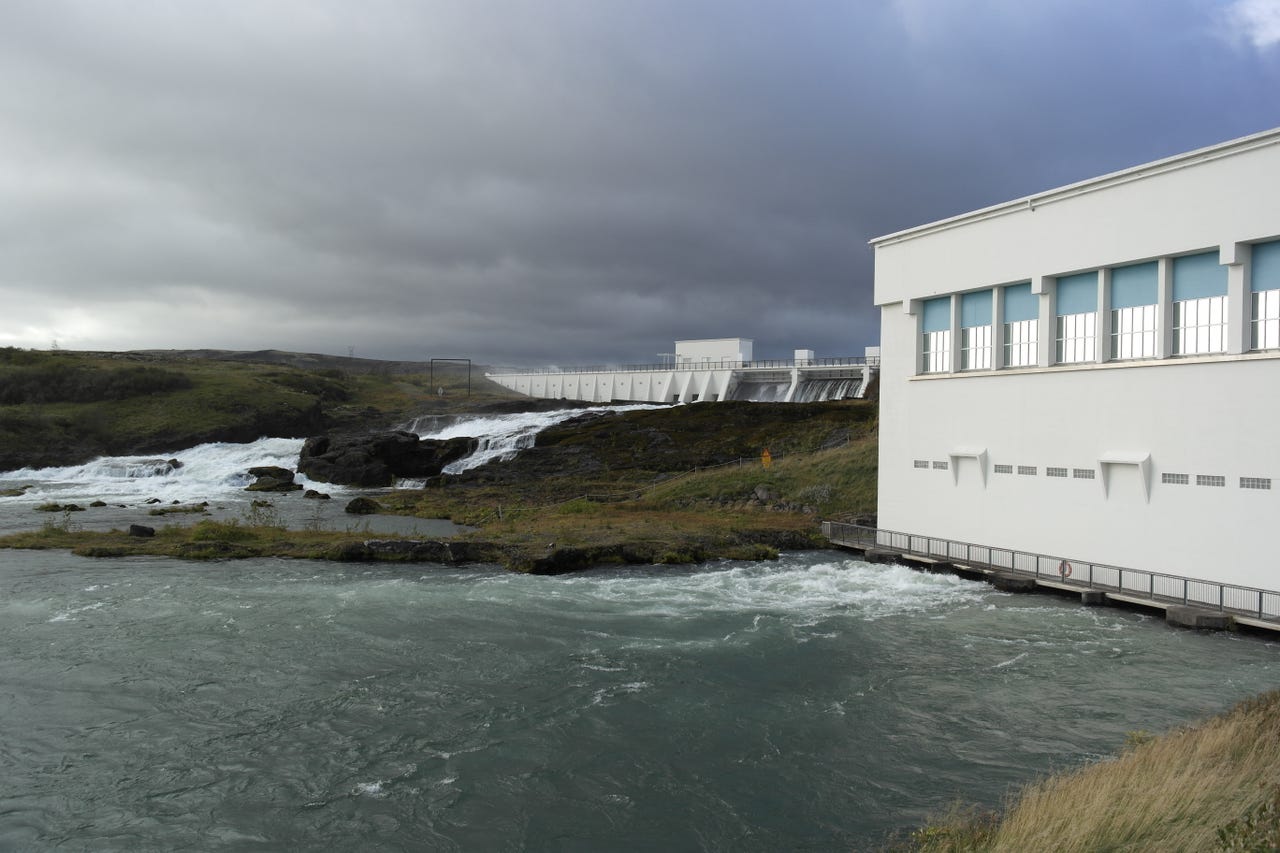Iceland's power generation boasts 99 percent uptime for more than 75 years

In an industry that likes to talk about having better than 99 percent uptime for more than a year or two, the idea of staying up and running for decades seems , at best, improbable. But in some businesses, downtime impacts more than just a few people. Such is the situation when you are in the business of generating electric power.

In the country of Iceland, where power generation far exceeds the current needs of the 300,000 residents, that has long been the case. These days inexpensive and abundant hydroelectric and geothermal power makes the country an attractive location for power intensive businesses, with a significant percentage of the world’s aluminum passing through the 24/7 operation of huge smelting equipment from multiple vendors and promises of green, renewable energy, with long term low-price contracts, being dangled in front of datacenter operators to attract their attention. The largest hydroelectric plant in Iceland, Kárahnjúkar, was completed in 2009 and provides 690 MW of power almost exclusively for the use of those aluminum smelters.
But the huge amount of power generation wasn’t always the case, and when the Ljósafoss Power Station was commissioned in 1937, its 8.8 MW of power were thought to be enough to power the entire country for the next 20 years. But with the advent of World War II, and Iceland's role as a staging location to Europe, the electric needs of the country rapidly increased and the facility was refurbished in 1944 with a third turbine being added, and the power station has been operating in that configuration ever since.
With three operational turbines, the station can cycle through them in the event that maintenance needs to be done on any unit, which theoretically means that there never be a time when power is not being generated. Over the last few years banks of monitoring equipment that the original operators of the plant would never have envision have been installed to monitor and manage the plants generation capabilities, but the heart of the system still remains the turbines that generate the power from the 40 foot water drop, first operated in 1937.
According to the operator I spoke with, the plant has averaged less than 3 days of downtime per year since it’s commissioning, with the exception of the time taken for refurbishment 70 years ago. And despite its small size compared to the other hydro and geothermal station built in the last 75 years, Ljósafoss continues to operate at near capacity, adding its 15.3 MW of power to the national grid annually.
Compared to a datacenter, a hydroelectric power generation plant is a simple thing. You drop water from a certain point, use that energy to spin the blades of a turbine, and power comes out the other end with minimal impact on the environment. But when you talk to the operators there are a few lessons that can be learned. Everything is carefully documented, procedures are in place to deal with any circumstance that has happened or been imagined. Careful and detailed monitoring of operations is automated and maintained both locally and at a central location for the power company, and those that work in the facility take significant pride in their operation. And these are all good processes that you can take away for your business.